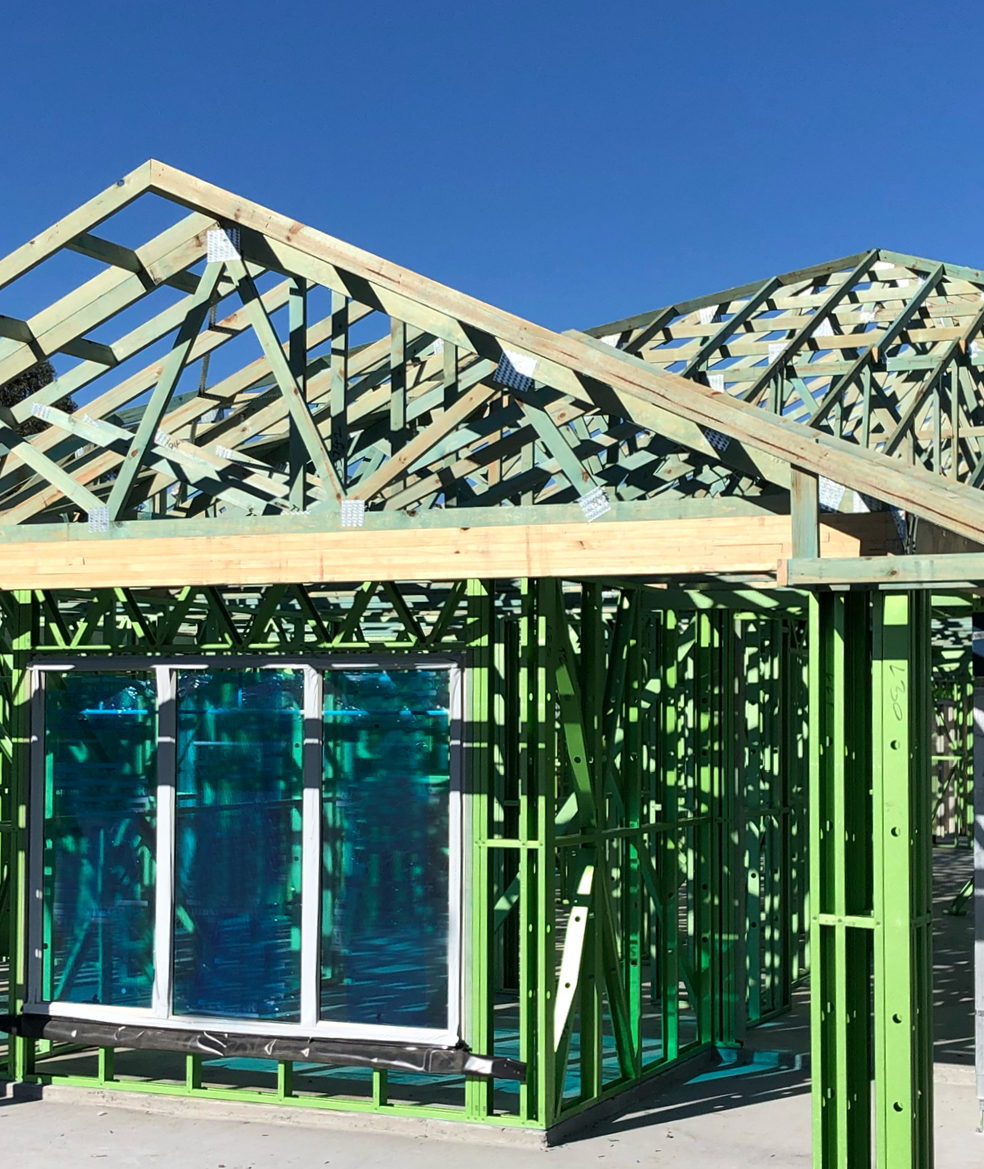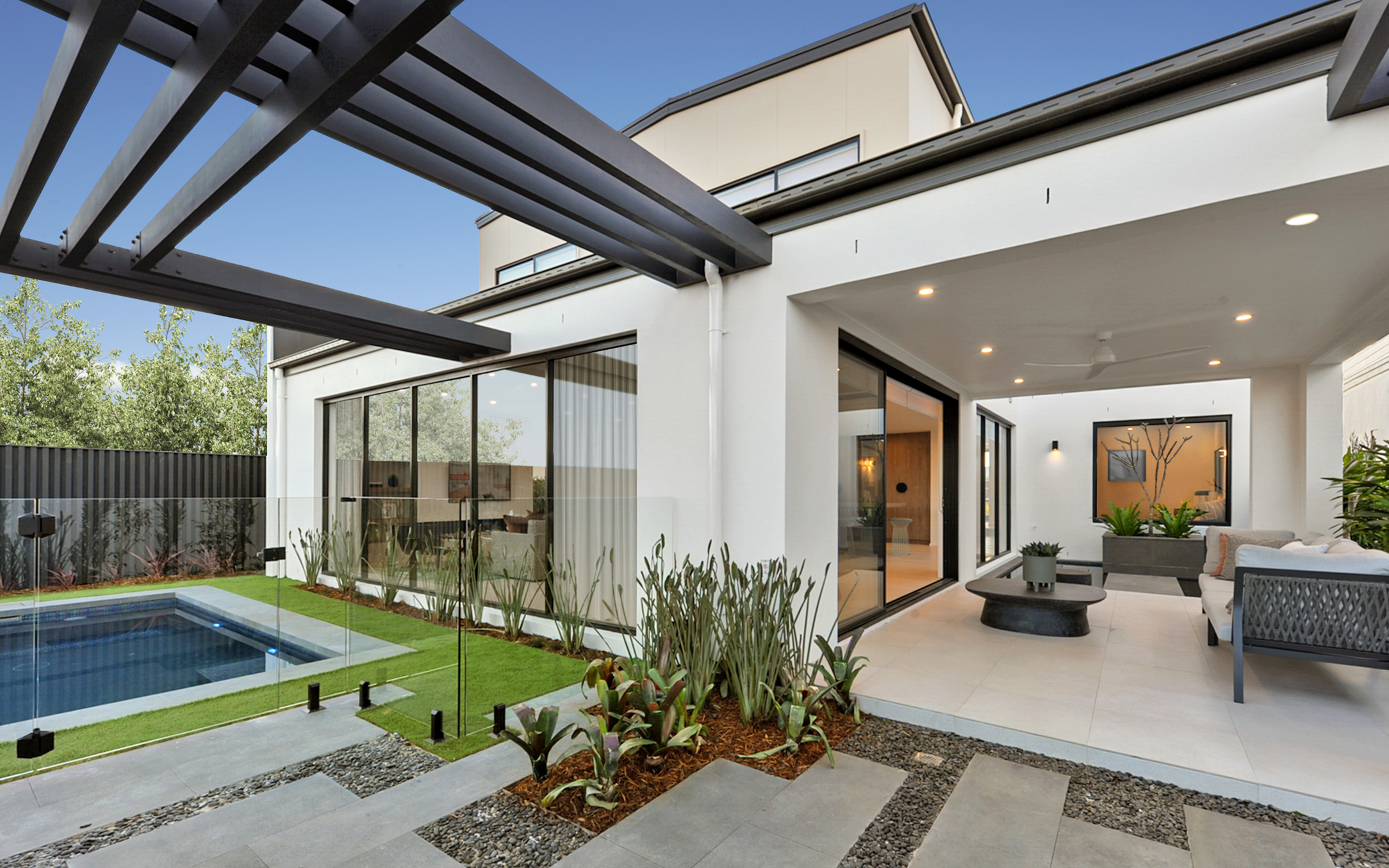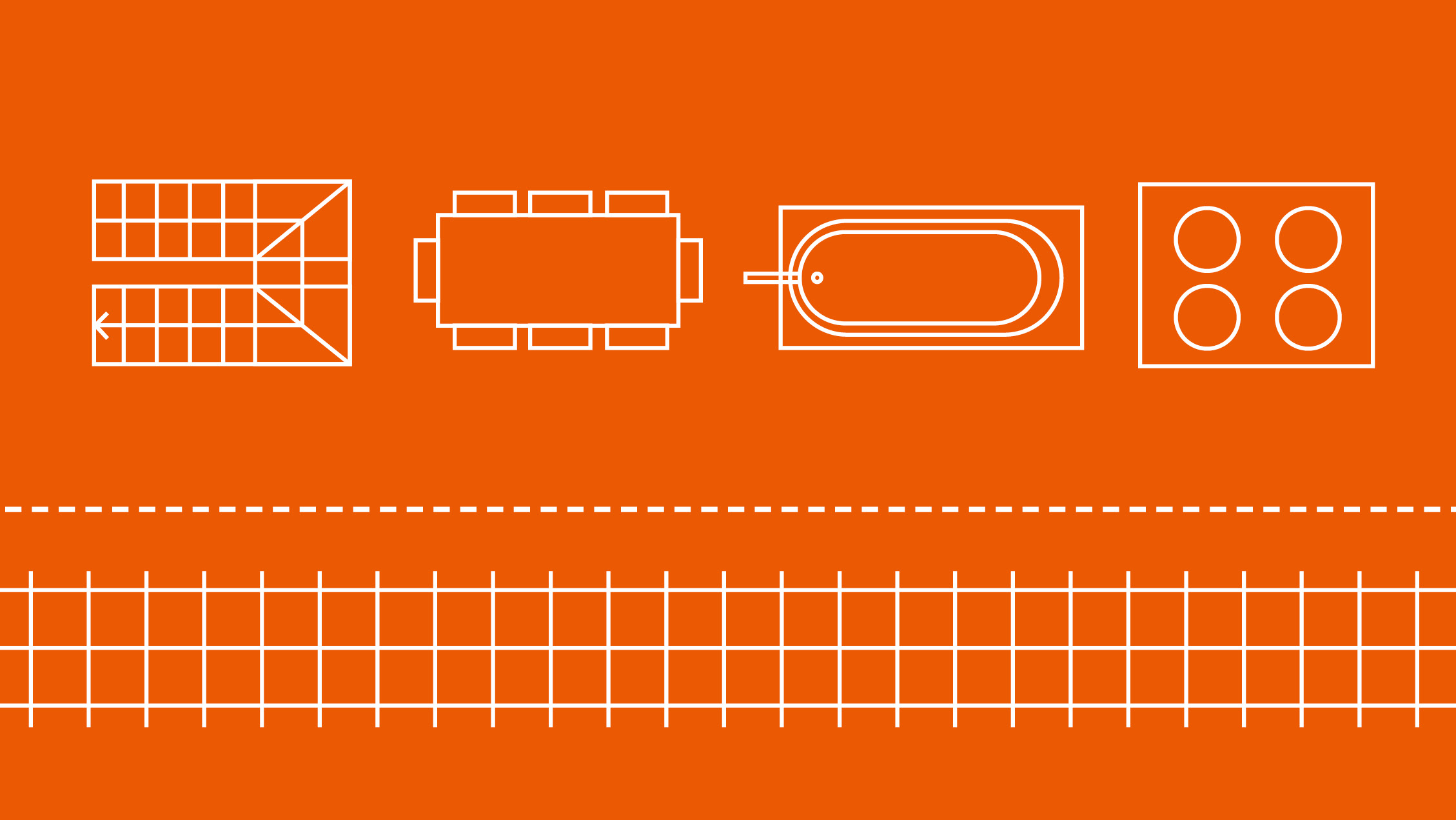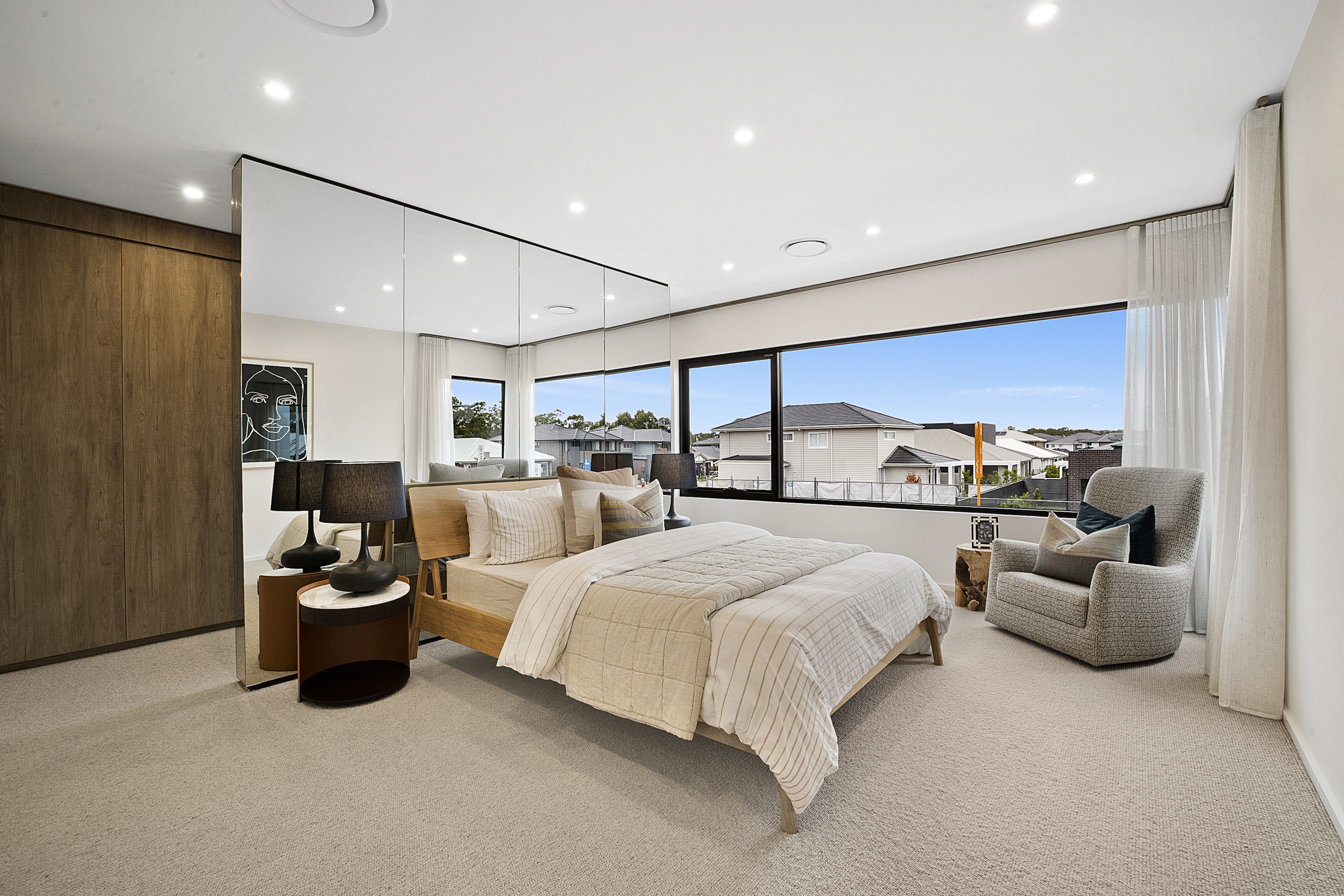The home building process
Hybrid Timber and Steel Frame Homes: Everything you need to know
At Rawson Homes, we use the very best materials for all aspects of our homes. For our frames, this means we use a combination of timber and steel framing. It’s all part of our smarter construction policy that works to maximise quality and efficiency.
Whether you’re a first-time buyer, upsizer or investor, we believe that hybrid timber and steel frame homes offer you the great design and affordable price you’re looking for. This includes for those choosing to do a knockdown rebuild.
If you’re new to learning about home design and construction, including the more secret inner-workings of the frame construction, you may be wondering: Are hybrid frame homes good?
In this article, we’ve summarised everything you need to know about our timber and steel frame homes so you can also come to understand their advantages for Australian conditions.
Can you put me in the picture about house frames?
A frame provides the structure around which your house is built. Just like our bodies have a skeleton constructed from bones and joints to hold us up, buildings have frames.
Frames are not just the timber or metal studs. Within the frame construction are beams, columns and joists. Once a frame is securely in place, the floors, walls, ceilings and internal and external fixtures of the house are constructed.
Many residential buildings use only timber for framing. However, there is a strong argument for using steel (either alone or in combination with timber).
A home built with steel frames and timber roof trusses.
What’s the deal with steel?
Steel is usually thought of as a metal but it’s actually an alloy. That’s because steel is not a pure element (you won’t find it on the periodic table that you learned about in high-school chemistry).
Though steel is mainly iron, this is combined with carbon and small amounts of other elements (usually including manganese, silicon, phosphorus, sulfur and oxygen).
Using steel in house frames is becoming increasingly popular, thanks to its safety and strength, as well as the clean lines and high-end aesthetic they create.
That’s why, at Rawson, we’ve chosen steel frames as one part of our design and construction process, regardless of your chosen architectural design and which materials you want to use for your home’s facade (the front exterior aspect of the house).
Benefits of steel being used in frames
It’s not just Superman, the Man of Steel, who understands the benefits of steel! There are many pros to choosing steel for use in our house framing. Here are some of the many reasons we choose to use steel in our Australian house frames:
- Steel frames are quick to build: Steel frames arrive pre-engineered to our precise specifications, meaning they have a high degree of accuracy, are strong, light, straight and are ready to erect. This can speed up the construction process, as fewer workers and resources are required.
- Steel is durable: Steel is incredibly hard-wearing and stable. Its high strength-to-weight ratio means that not only is the frame strong but it can reduce the load that is transferred to a home’s foundations.
- Steel has good weather and fire resistant properties: Steel is able to withstand high winds and extreme weather conditions, it’s resistant to mould and fungi and it’s non-combustible.
- Steel is termite and borer-proof: Steel frames are 100% resistant to termites, as well as other borers, bugs and rodents. Bear in mind that you will still need to protect the rest of your home.
- Steel frame results in minimal waste and is highly recyclable: Steel frame construction creates very little wastage and steel is 100% recyclable. Steel can be melted down and reused an infinite number of times without any damage created or even any degradation to its innate properties. That’s good news in a world where we need to be ever-mindful about our waste.
FUN FACT: Steel is the most recycled material in the world.
A home built with hybrid frames.
What’s the word on wood?
Timber has been the traditional material for housing frames for a long time. And there are good reasons for continuing to use timber in modern day house frames, including structural reliability.
Choosing timber as part of a home’s frame is particularly beneficial when choosing locally-grown timber that’s then manufactured into house frames within Australia. This way, you know you’re getting timber that’s built to thrive in tough Aussie conditions!
So, what’s a hybrid frame?
A hybrid frame is one that combines the materials of steel and timber. Some homes are built with mostly (or even all) steel framing, others use timber for roof trusses and steel for walls and joists.
Combining steel and timber in the frame of a house allows builders to create the perfect balance of efficient construction and durable design.
Of course, once the house is fully built and you’ve moved in and made it your own, you’ll likely never think about the framing again. That’s why it’s important to choose a highly-experienced and trustworthy builder.
At Rawson Homes, we’ll choose the best materials to construct the bones of your home and our new homes are backed by a Lifetime Structural Guarantee*, allowing you to move in and live with confidence. Feel at home with Rawson Homes.
Keen to choose a trustworthy and experienced builder? Give us a call on 1300 223 345 or contact us today!
*Terms & Conditions apply.
FAQs
Are steel framed houses colder?
Temperature control is an important factor when considering your home’s design. Because steel conducts heat more than timber, some people believe steel framed houses will be colder in winter (and warmer in summer). However, with sufficient adaptations to your insulation, the difference can be negligible. Another positive is that the accuracy of steel frames means doors and windows will be better sealed and less heat should be lost around the joins.
Do steel frame homes rust?
Steel frames are not usually prone to rust, as they are aluminium-zinc coated during the manufacturing process. However, timber frames are preferable if a house is being built close to breaking surf.






